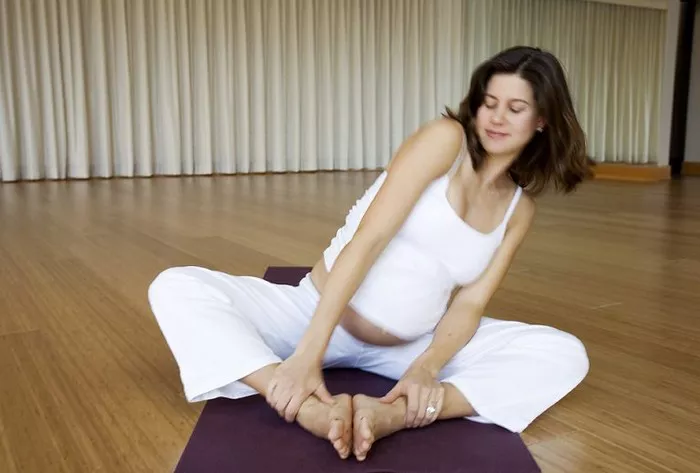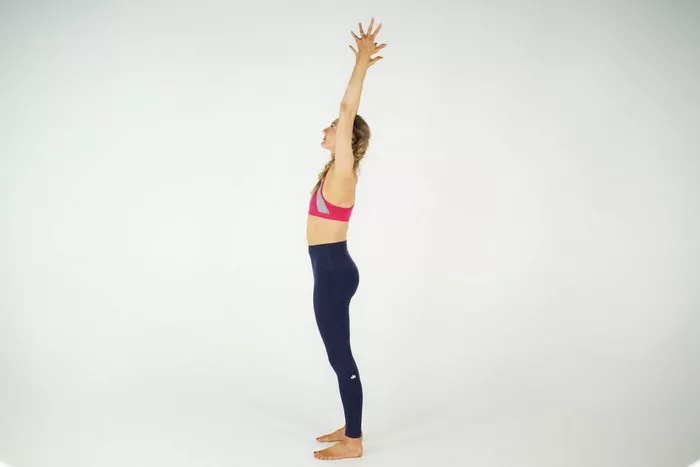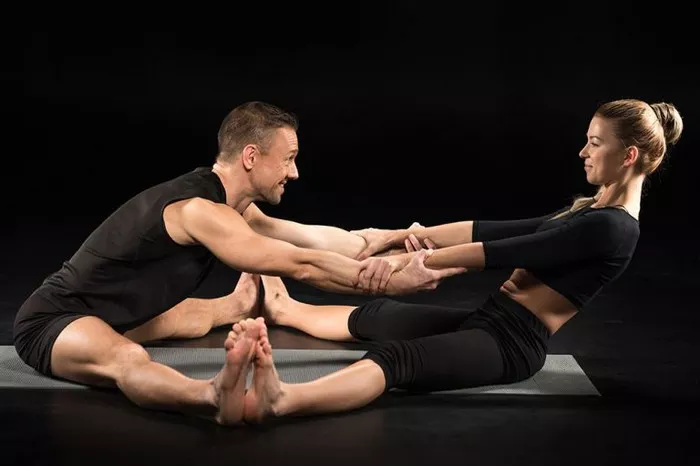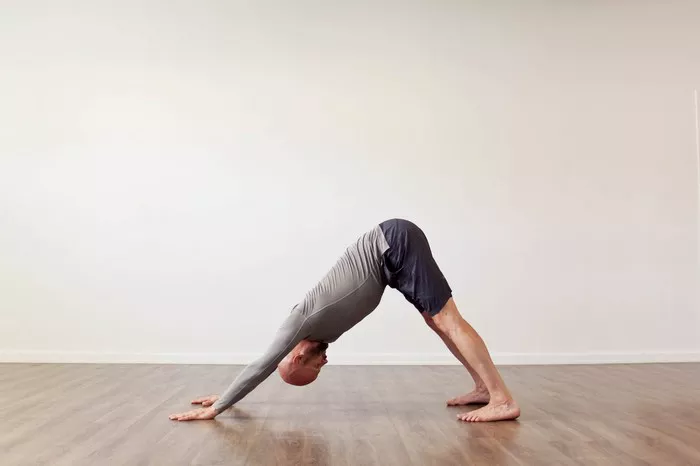In the ceaseless hustle and bustle of contemporary life, where the air is thick with constant stressors and the rhythm is unrelentingly fast – paced, an increasing number of individuals are seeking solace in age – old practices such as Hatha Yoga. Amid the chaos of jam – packed work schedules, the never – ending demands of digital connectivity, and the daily pressures that seem to pile on one after another, people are yearning for an anchor, a way to find equilibrium, harmony, and a true sense of self. This growing trend of turning to Hatha Yoga is not a passing fad but a deep – seated response to the need for inner peace and physical well – being in a world that often feels overwhelming.
Physical Benefits
Enhanced Flexibility
One of the most immediate and noticeable benefits of practicing Hatha Yoga is the increase in flexibility. Through a series of gentle stretches and holds in different asanas. As we repeat these poses over time, the body’s range of motion expands. For instance, in the beginning, reaching for the toes in a forward fold might seem like an impossible task. However, with consistent practice, the hamstrings and lower back muscles become more supple, allowing for a deeper stretch and a closer connection to the floor. This improved flexibility not only makes everyday activities like bending, reaching, and getting up from a chair easier but also reduces the risk of injuries, especially in joints.
Increased Strength
Contrary to the common misconception that yoga is only about stretching, Hatha Yoga also plays a crucial role in building strength. Many asanas require the body to support its own weight, engaging multiple muscle groups simultaneously. For example, poses like the plank (Phalakasana) work the core muscles, including the rectus abdominis, obliques, and transverse abdominis, as well as the muscles in the arms, shoulders, and back. As we hold these poses for extended periods, the muscles are challenged and gradually become stronger. The warrior poses (Virabhadrasana I, II, and III) not only strengthen the legs but also improve balance and stability. By incorporating strength – building asanas into our Hatha Yoga practice, we can develop a more toned and resilient body.
Improved Posture
In today’s sedentary lifestyle, where we spend long hours sitting at desks or slouching in front of screens, poor posture has become a prevalent issue. Hatha Yoga can be a powerful antidote to this problem. The practice emphasizes proper alignment in each asana, teaching us to be aware of how our bodies are positioned. As we focus on aligning the spine, shoulders, and hips in poses like the mountain pose, we learn to carry ourselves with greater ease and grace in our daily lives. Over time, this increased awareness of body alignment helps correct postural imbalances. For example, if we tend to hunch our shoulders forward, practicing backbends like the camel pose can help open the chest and strengthen the muscles that pull the shoulders back, leading to an improvement in overall posture.
Better Cardiovascular Health
Pranayama, an integral part of Hatha Yoga, has a profound impact on cardiovascular health. Slow, deep breathing techniques, such as diaphragmatic breathing, increase the amount of oxygen intake. When we breathe deeply, the diaphragm, a dome – shaped muscle at the base of the lungs, contracts more fully, allowing the lungs to expand and take in more air. This increased oxygenation of the blood benefits the heart, as it has to work less hard to pump oxygen – rich blood throughout the body. Additionally, the relaxation response triggered by pranayama helps lower blood pressure. By reducing stress hormones and promoting a state of calm, the heart rate also stabilizes.
Mental Benefits
Stress Reduction
The stress of modern life can take a toll on our mental and physical well – being. Hatha Yoga offers a sanctuary from this stress. The combination of physical movement, deep breathing, and meditation in Hatha Yoga activates the body’s relaxation response. When we engage in asanas, the body releases endorphins, which are natural mood boosters. At the same time, the focus on the present moment during the practice helps distract the mind from worries and anxieties.
For example, as we hold a balancing pose like the tree pose, all our attention is directed towards maintaining balance and coordinating our breath. This concentration on the here and now helps quiet the mind and reduce the impact of stressors. Pranayama further aids in stress reduction by regulating the nervous system. By slowing down the breath, we send signals to the body to relax, counteracting the effects of the fight – or – flight response.
Improved Concentration and Focus
In our digital age, where our attention is constantly divided among multiple devices and distractions, maintaining concentration and focus has become a challenge. Hatha Yoga practice helps train the mind to be more focused. The discipline required to hold a pose, synchronize the breath with movement, and maintain a steady gaze in each asana exercises our ability to concentrate. For instance, in the triangle pose (Trikonasana), we need to focus on aligning the body, reaching out with our limbs, and breathing deeply. This single – pointed focus in each pose gradually improves our overall concentration. As we progress in our Hatha Yoga practice, we find that we are better able to direct our attention and stay focused for longer periods in our daily lives, whether it’s at work, studying, or engaging in other activities.
Emotional Well – being
Hatha Yoga also has a significant impact on our emotional state. Through the practice, we become more in tune with our emotions. Instead of suppressing these emotions, we learn to observe them without judgment. This process of self – observation helps us gain a better understanding of the root causes of our emotions. For example, if we notice that we feel irritable during a particular pose, we can explore what might be triggering this emotion, such as underlying stress or a physical discomfort. By facing and understanding our emotions in this way, we can better manage them. Moreover, the relaxation and positive energy generated during Hatha Yoga practice can lift our mood and promote a sense of emotional well – being.
Spiritual Benefits
Self – Discovery
At its core, Hatha Yoga is a journey of self – discovery. As we move through the asanas and pranayama, we are not only working on our physical and mental selves but also delving deep into our inner being. The practice provides a space for introspection, allowing us to explore our values, beliefs, and desires. Through the discipline of yoga, we start to notice patterns of thought and behavior that may have been holding us back. For example, if we constantly find ourselves rushing through poses or being impatient during our practice, it could be a reflection of how we approach life in general. By becoming aware of these patterns, we can make conscious choices to change and grow.
Spiritual Growth
For many practitioners, Hatha Yoga is a path to spiritual growth. It offers a way to connect with a higher consciousness or a sense of the divine. The combination of physical postures, breathing techniques, and meditation creates a conducive environment for spiritual experiences. In the stillness of meditation, which is often integrated into Hatha Yoga practice, we can transcend the limitations of the ego and experience a deeper connection to something greater than ourselves. This connection can bring a sense of purpose, meaning, and peace to our lives. Whether one interprets this higher consciousness in a religious or a more philosophical sense, the spiritual dimension of Hatha Yoga allows practitioners to explore and expand their spiritual horizons.
Unity and Oneness
Hatha Yoga also promotes a sense of unity and oneness. When we practice yoga, we are reminded that we are all interconnected. The physical and mental benefits we experience through yoga are not just for our individual selves but also have an impact on those around us. By cultivating a sense of inner peace and well – being through yoga, we can radiate positive energy and contribute to a more harmonious world. In a yoga class, the collective energy of the practitioners creates a sense of community and togetherness. We are all on our own yoga journey, yet we are sharing this space and experience, which further emphasizes the idea of unity.
Conclusion
From the physical benefits of increased flexibility, strength, and better cardiovascular health to the mental advantages of stress reduction, improved concentration, and emotional well – being, and finally to the spiritual aspects of self – discovery, growth, and a sense of unity, Hatha Yoga offers a holistic approach to living a healthier, more balanced life. Whether you are looking to improve your physical fitness, calm your mind, or embark on a spiritual journey, Hatha Yoga has something to offer. It is a practice that can be tailored to individual needs and abilities, making it accessible to people of all ages and backgrounds. So, the next time you roll out your yoga mat, remember the many reasons why you are doing Hatha Yoga and embrace the transformative power of this ancient practice.
Related Topics



















